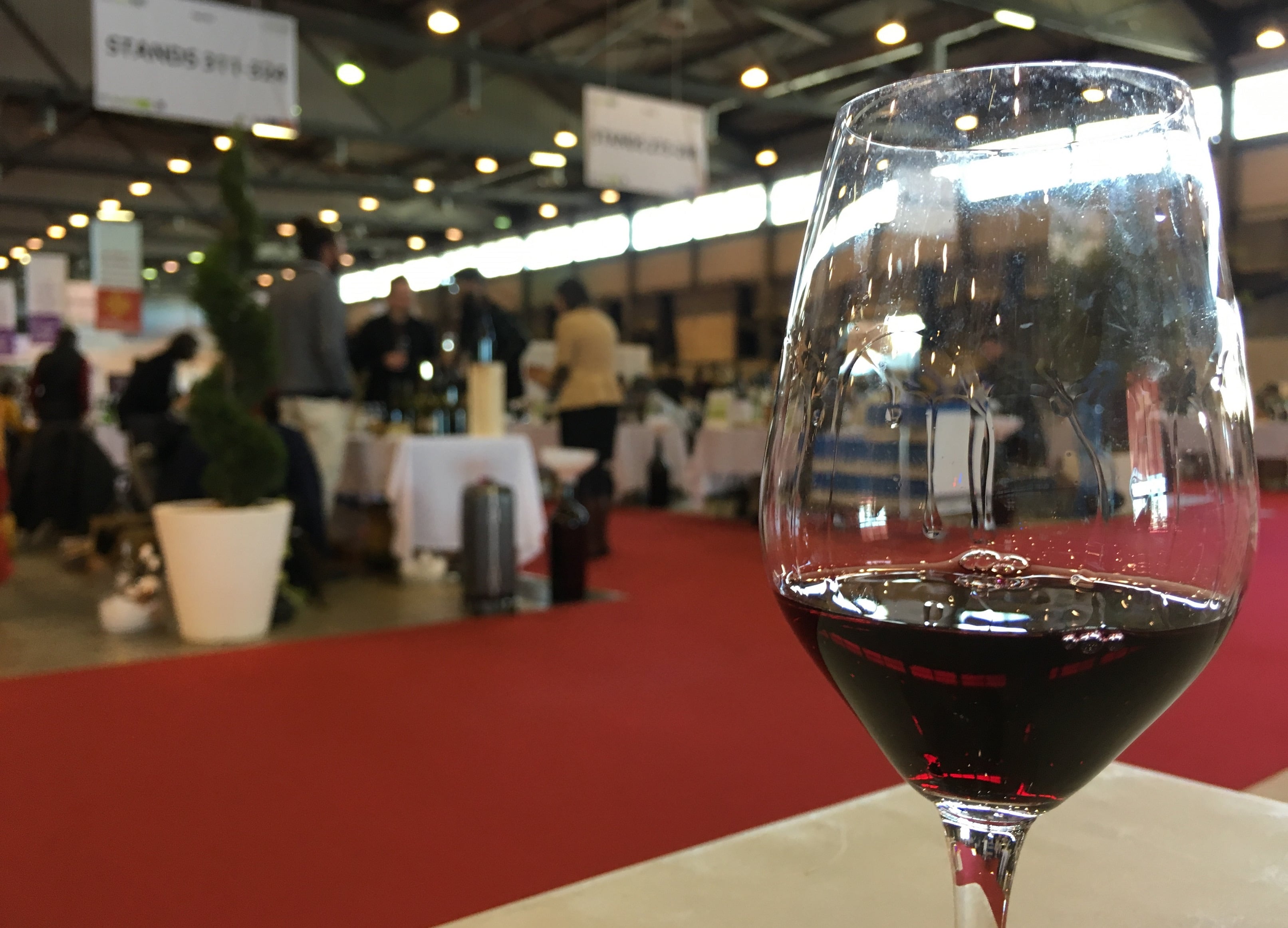While total still wine volume is increasingly slightly but remaining largely flat on a global level, the organic wine market is growing at a much faster rate, notes the IWSR Organic Wine Report, published this month.
Worldwide consumption of still wine is projected to reach 2.43bn nine-litre cases by 2022, with the organic wine subcategory expected to post the strongest growth: at 9.2% compound annual growth 2017-2022).
While the organic wine market remains a small subset of the total global wine industry, IWSR predicts a “rapid increase in the coming years as consumer sentiment for sustainability and organic products grows”.
While each market shows individual characteristics, organic wine often attracts millennial consumers, those with a higher disposable income, and consumers who value natural products across the F&B category.
Europe takes the lead
Europe will account for 78% of the global organic wine market by 2022, compared to the Americas which will represent approximately 12% of total organic wine consumption.
In Europe, the European Union defines wine as ‘organic’ if it has been produced from organic grapes or from oenological techniques and substances authorised for organic wine.
Germany is the world’s largest market for organic still wine: growing at a CAGR of 17.9% since 2012.
“Organic wine accounted for 6% of still wine consumption in the country in 2017, with locally produced German wine representing approximately 52% of that volume," says IWSR. "Organic wine in Germany is particularly purchased by women, consumers over age 50, and higher earners.”
Another of the leaders in organic wine is France, where the category is expected to increase 13.3% to 17m cases against a decline in the overall wine market of 2.1% (CAGR 2017-2022).
Organic wine accounts for around 4% of the total wine category, with almost all of it coming from French producers.
“Distribution of organic wine in France is dominated by medium and large supermarkets, and increasingly is making inroads in the on-trade in by-the-glass pouring," says IWSR. "Althought Paris is the key driver of the country’s organic wine market, the trend is beginning to spread into other large metropoles and the French countryside.”
In the UK, the value of organic is of particular note: consumers are willing to pay on average 38% more for a bottle of organic wine. The market also skews towards red wine (60% red versus 40% white/rose).
Here, organic wine is predicted to grow 9.4%, against the backdrop of declining overall wine consumption.
“About 72% of organic wine in the UK is Old World, with France, Italy and Spain at the forefront,” says IWSR. “Organic wine speaks to a broad audience in the country, but primarily caters to wealthier wine lovers and/or regular buyers of organic produce, and those who reside in metropolitan areas - particularly London.”
Organic wine resonates with millennials in the US
In the US, organic wine is still a niche category: but it is growing and taking share from non-organic wines. Total wine volume in the US is expected to grow at a CAGR of 1% (2017-2022); but organic wines are expected to post 14.3% growth.
The United States Department of Agriculture (USDA) mandates that before wine can be sold as ‘organic’, both the growing of the grapes and their conversion to wine must be certified.
“More than 70% of organic wine sold in the US is produced in the country,” says the IWSR. “Organic wine buyers in the US tend to skew female, millennial, and higher income, especially those consumers in major markets who focus on healthy lifestyles and have a preference for natural food and beverage products.”
Asia: Japanese boom for organic wine
In Japan, organic wine represents around 10% of the total still wine market – proportionally more than category leader Germany. It has already seen a strong average growth rate of 8.2% over the past five years, and although this is expected to slow in the coming years, the segment will still outperform the overall wine category.
The Japanese organic wine market is predominantly red wine (84.8%), and most wine is imported (with high volumes coming from France).




